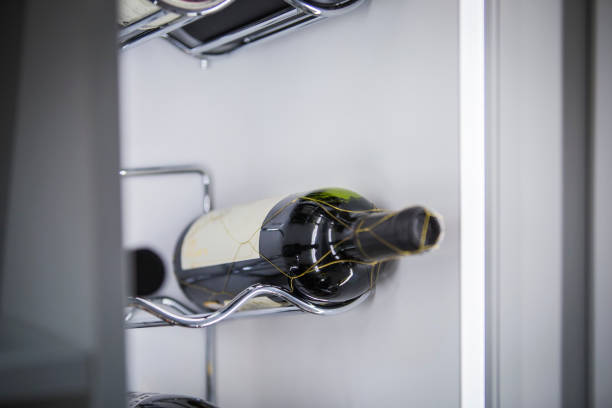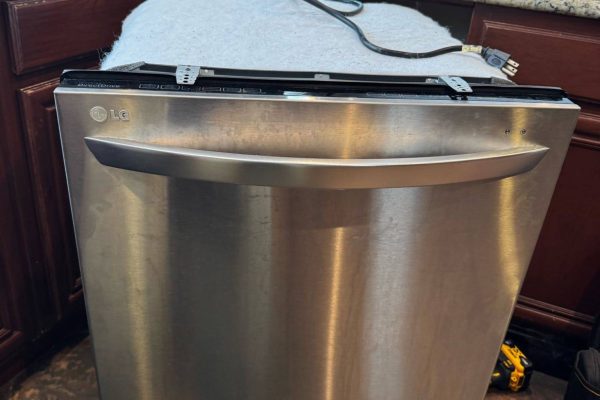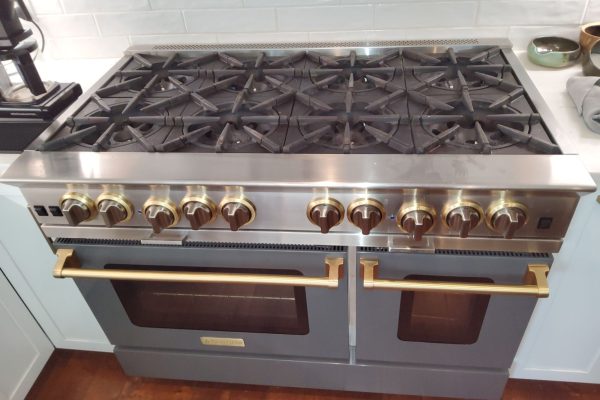Wine refrigerators, also known as wine coolers or wine cellars, are essential appliances for wine enthusiasts and collectors. They provide the ideal conditions for storing wine, including a consistent temperature and humidity level. However, like all appliances, wine refrigerators can encounter malfunctions that may affect their performance and compromise the quality of your wine collection. In this article, we will explore some typical malfunctions in the operation of wine refrigerators, how to identify them, and the steps you can take to solve these issues.
Temperature Fluctuations
Identification: Temperature fluctuations are a common issue in wine refrigerators. You may notice that the temperature inside the unit is not consistent, leading to potential damage to your wine.
Solution:
– Check the thermostat settings and ensure they are set to the desired temperature.
– Ensure the wine refrigerator is not placed in direct sunlight or near a heat source.
– Make sure the door seals are intact and not damaged. Damaged seals can let warm air in, causing temperature fluctuations.
– Clean the condenser coils regularly to ensure proper heat dissipation.
Excessive Humidity
Identification: Excessive humidity levels inside the wine refrigerator can lead to mold growth on corks and labels, potentially damaging your wine collection.
Solution:
– Use a hygrometer to measure humidity levels inside the wine refrigerator. Ideally, humidity should be between 50% and 70%.
– If humidity levels are too high, you can use moisture-absorbing products like silica gel packs to reduce excess moisture.
– Ensure proper ventilation inside the wine refrigerator to prevent moisture buildup.
Wine Cork Deterioration
Identification: If you notice that wine corks are deteriorating, becoming moldy, or developing an off-putting odor, it’s a sign of improper storage conditions.
Solution:
– Check the temperature and humidity levels inside the wine refrigerator and adjust them to the recommended settings.
– Ensure that the wine bottles are stored on their sides to keep the corks moist and prevent them from drying out.
– Inspect the corks for any signs of damage or deterioration. If necessary, consider re-corking the affected bottles.
Strange Noises
Identification: Unusual noises, such as clicking, buzzing, or rattling, from the wine refrigerator can be disconcerting.
Solution:
– Clicking sounds may indicate the compressor is turning on and off, which is normal. However, if the clicking is excessive or irregular, it may require professional attention.
– A buzzing noise could be due to a faulty fan or a malfunctioning condenser. Contact a technician for diagnosis and repair.
– Rattling sounds may indicate loose components or bottles inside the wine refrigerator. Ensure that the bottles are stored securely and that there are no loose parts.
Leaking Water
Identification: If you find water pooling inside or outside the wine refrigerator, it could be a sign of a malfunction.
Solution:
– Check the drain pan and drain tube for clogs or blockages. Clean them if necessary.
– Verify that the wine refrigerator is level. An unlevel unit can cause water to leak.
– Inspect the door seals for damage and replace them if needed.
Wine Refrigerator Not Cooling
Identification: If the wine refrigerator is not maintaining the desired temperature, your wine collection may be at risk.
Solution:
– Ensure the wine refrigerator is plugged in and receiving power.
– Check the thermostat settings and adjust them as needed.
– Clean the condenser coils to improve heat dissipation.
– If the unit still does not cool, it may be a compressor issue that requires professional repair.
Unpleasant Odors
Identification: Unpleasant odors inside the wine refrigerator can affect the aroma and taste of your wine.
Solution:
– Remove any spoiled or corked bottles immediately.
– Clean the interior of the wine refrigerator with a solution of warm water and baking soda to eliminate odors.
– Place an open box of baking soda or activated charcoal inside the unit to absorb odors.
– Ensure proper ventilation to prevent odors from accumulating.
Digital Display Problems
Identification: If the digital display on your wine refrigerator is malfunctioning or displaying incorrect information, monitoring the unit’s temperature can be challenging.
Solution:
– Check the power source and ensure the unit is receiving electricity.
– If the display is frozen or unresponsive, try resetting the wine refrigerator by unplugging it for a few minutes and then plugging it back in.
– If the problem persists, contact the manufacturer’s customer support or a technician for assistance.
Excessive Vibrations
Identification: Excessive vibrations can disturb the sediment in your wine bottles and affect the aging process.
Solution:
– Ensure that the wine refrigerator is placed on a stable, level surface.
– Check for loose components inside the unit that may be causing vibrations.
– Consider investing in vibration-dampening pads or shelving to minimize vibrations.
Noisy Compressor
Identification: A noisy compressor can be a sign of a failing or malfunctioning compressor.
Solution:
– Contact a qualified technician to diagnose and repair or replace the compressor if necessary.
In conclusion, wine refrigerators are valuable appliances for wine enthusiasts, but they require proper maintenance and attention to ensure they operate effectively. By identifying and addressing these common malfunctions promptly, you can preserve the quality of your wine collection and enjoy your favorite bottles as they were meant to be. If you encounter any issues beyond your troubleshooting abilities, it’s always advisable to seek professional repair services to avoid further damage to your wine refrigerator and wine collection.
if you still have not managed to recognize the cause of this breakdown by all the points provided above, or if you do not want to waste time guessing, Oceanside Appliance Service Center is always happy to help you and provide a professional diagnosis and repair of your wine refrigerators in a timely manner.
Contact us


